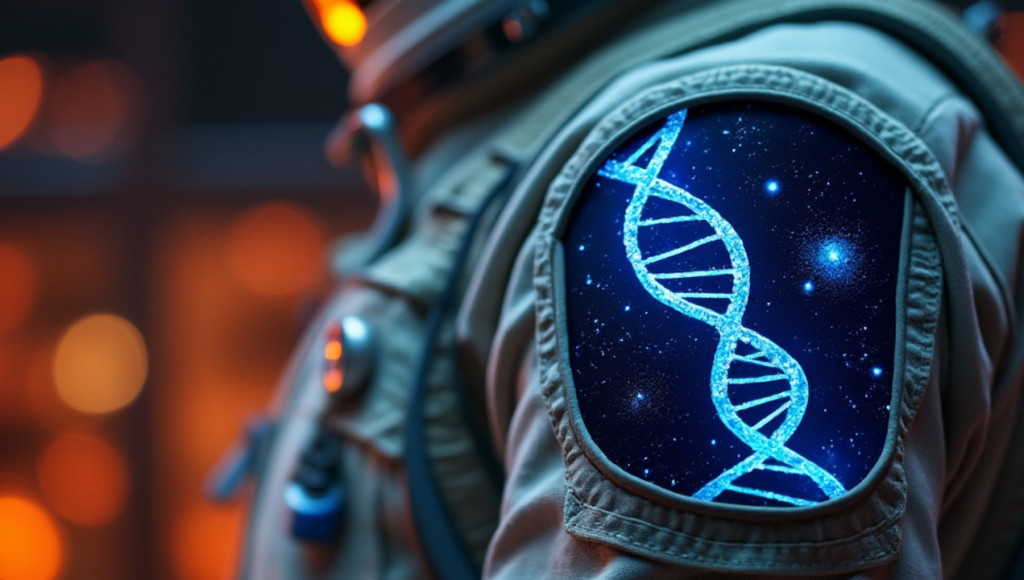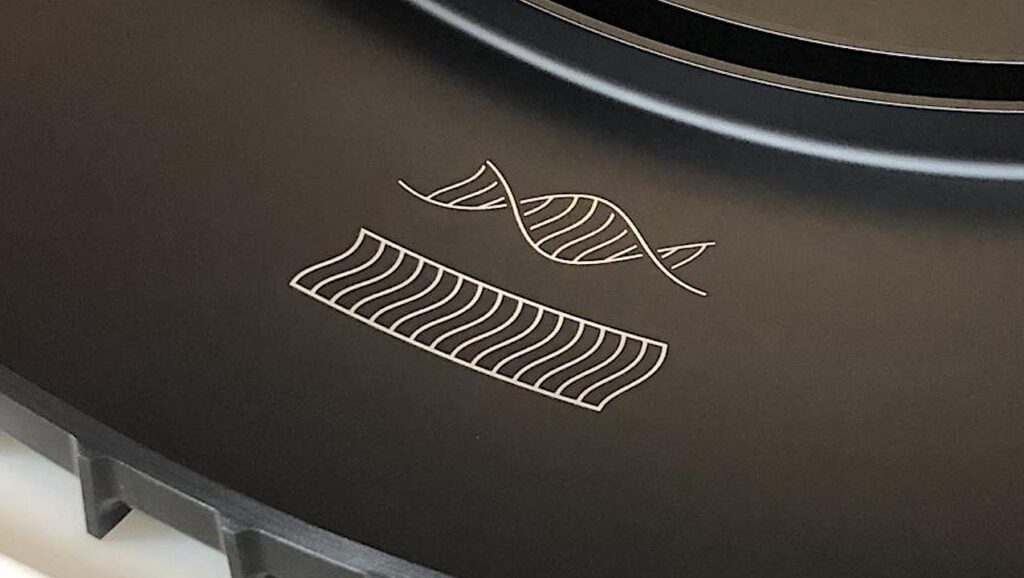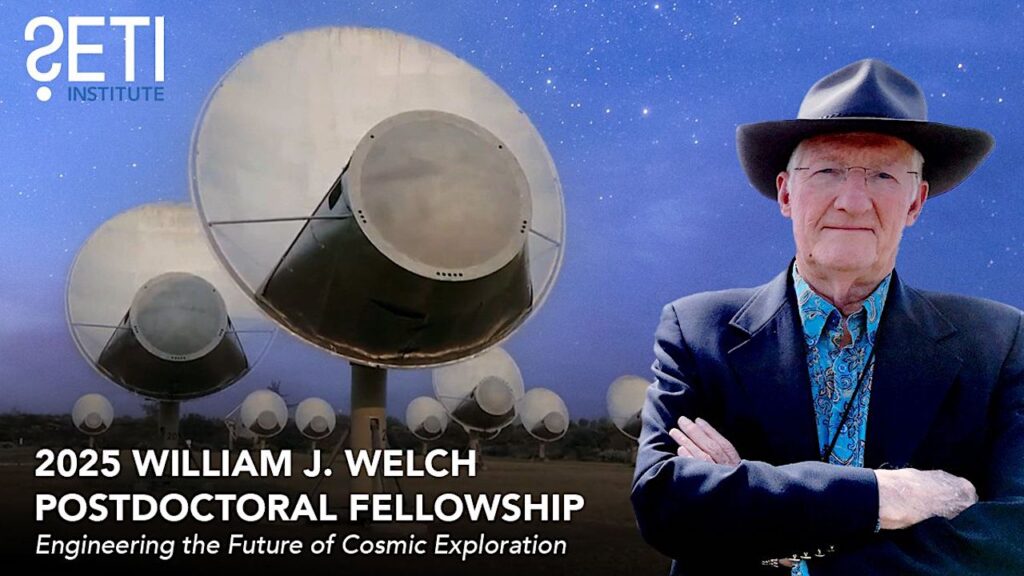Identifying Exoplanets with Deep Learning. V. Improved Light Curve Classification for TESS Full Frame Image Observations

The TESS mission produces a large amount of time series data, only a small fraction of which contain detectable exoplanetary transit signals.
Deep learning techniques such as neural networks have proved effective at differentiating promising astrophysical eclipsing candidates from other phenomena such as stellar variability and systematic instrumental effects in an efficient, unbiased and sustainable manner.
This paper presents a high quality dataset containing light curves from the Primary Mission and 1st Extended Mission full frame images and periodic signals detected via Box Least Squares (Kovács et al. 2002; Hartman 2012). The dataset was curated using a thorough manual review process then used to train a neural network called Astronet-Triage-v2. On our test set, for transiting/eclipsing events we achieve a 99.6% recall (true positives over all data with positive labels) at a precision of 75.7% (true positives over all predicted positives).
Since 90% of our training data is from the Primary Mission, we also test our ability to generalize on held-out 1st Extended Mission data. Here, we find an area under the precision-recall curve of 0.965, a 4% improvement over Astronet-Triage (Yu et al. 2019). On the TESS Object of Interest (TOI) Catalog through April 2022, a shortlist of planets and planet candidates, Astronet-Triage-v2 is able to recover 3577 out of 4140 TOIs, while Astronet-Triage only recovers 3349 targets at an equal level of precision. In other words, upgrading to Astronet-Triage-v2 helps save at least 200 planet candidates from being lost. The new model is currently used for planet candidate triage in the Quick-Look Pipeline (Huang et al. 2020a,b; Kunimoto et al. 2021).
Evan Tey, Dan Moldovan, Michelle Kunimoto, Chelsea X. Huang, Avi Shporer, Tansu Daylan, Daniel Muthukrishna, Andrew Vanderburg, Anne Dattilo, George R. Ricker, S. Seager
Comments: accepted for publication in AJ. code can be found at: this https URL and data can be found at: this https URL
Subjects: Earth and Planetary Astrophysics (astro-ph.EP); Instrumentation and Methods for Astrophysics (astro-ph.IM); Machine Learning (cs.LG)
Cite as: arXiv:2301.01371 [astro-ph.EP] (or arXiv:2301.01371v1 [astro-ph.EP] for this version)
https://doi.org/10.48550/arXiv.2301.01371
Focus to learn more
Submission history
From: Evan Tey
[v1] Tue, 3 Jan 2023 21:58:13 UTC (23,298 KB)
https://arxiv.org/abs/2301.01371
Astrobiology








